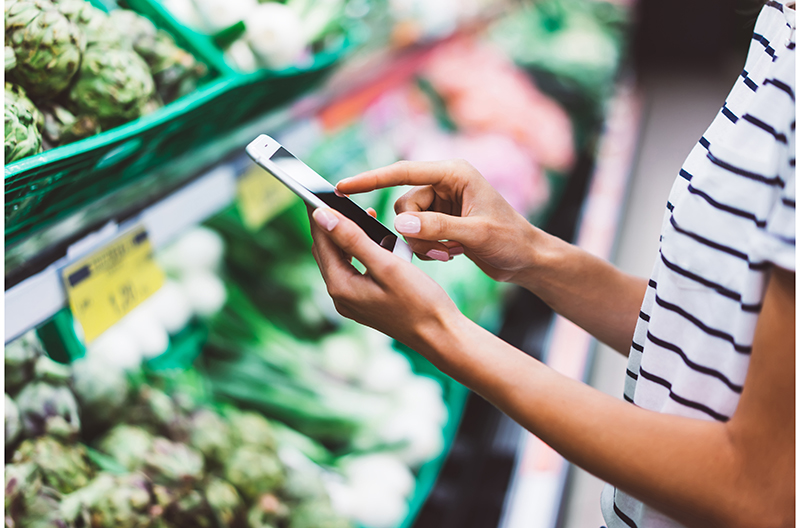The U.S. eGrocery market in March posted $8 billion in total sales, down 7.6 percent compared to last year, according to the monthly Brick Meets Click/Mercatus Grocery Shopping Survey fielded March 30-31.
The year-over-year decline was driven by the large core eGrocery segments of delivery and pickup, which contracted 7.4 percent and 8.5 percent respectively, as well as ship-to-home which fell 5.9 percent.
Cost considerations are the most important factor in determining where customers shop and how they receive online grocery orders. During March, cost rose in importance by 300 basis points compared to a year ago, knocking convenience (defined as getting the order when you want without delay) out of the top spot.
For the month, 44 percent of households that used a pickup or delivery service from a grocery or mass retailer indicated that not paying more than necessary was the most important criteria in selecting an online grocery service.
“Lower income households are more attracted to pickup services because it costs much less to use than delivery, due to the additional charges, fees and tips,” said David Bishop, partner at Brick Meets Click.
“During March 2023, households earning under $50,000 annually were 34 percent more likely to use pickup while households making over $200,000 per year were over twice as likely to use delivery.”
Given that the impact of grocery inflation is regressive, this helps set the stage for why, during March 2023 versus last year, households using pickup reported a 420-bps rise relative to cost being the most important selection criteria while households using delivery reported only a 140-bps gain for cost.
Another income-related factor that had a greater negative effect on pickup sales than delivery sales was the ongoing elimination of emergency SNAP benefits. March marked the first month that more than three-quarters of the households participating in SNAP lost the additional $95 per month in pandemic-related support to buy groceries, joining the balance of SNAP households who had lost this amount earlier.
The average number of online grocery orders completed by monthly active users continued to decline from pandemic highs, whether due to ongoing attempts to stretch a dollar, further decline in concerns about respiratory infections or a combination of factors. In March, monthly order frequency dropped to 2.42, the lowest level since COVID disrupted the way Americans shop for groceries in March 2020, although still nearly 20 percent above the pre-COVID measure.
“Now is the time for conventional grocers to prioritize maintaining engagement with existing customers,” said Sylvain Perrier, president and CEO, Mercatus.
“Proven ways of growing your online revenue hinge on providing a great customer experience, encouraging your more loyal customers to use frequently and benefitting from positive word-of-mouth advocacy that will attract others to use your online services.”
For additional insights and information about the report, visit the Brick Meets Click eGrocery Dashboard for March or visit the eMarket/eShopper page.
The Brick Meets Click/Mercatus Grocery Shopping Survey is an independent research initiative created and conducted by Brick Meets Click and sponsored by Mercatus. Brick Meets Click conducted the survey with 1,742 adults, 18 years and older, who participated in the household’s grocery shopping.

